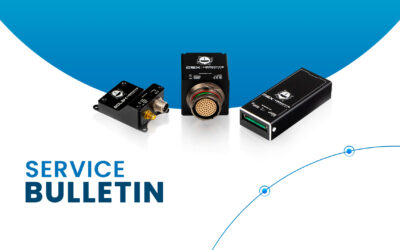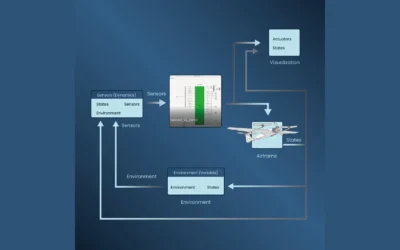In the last years, many different initiatives have been born in the field of the design and production of UAVs. Unfortunately many of them have not matured into a product that the market had recognised as innovative and necessary. For that reason, these UAV projects have failed and finally have disappeared.
Which are the reasons why several UAV projects fail?
It still exists a deep ignorance about what an UAV, UGV, etc. These are concepts still unknown for the most of the population and therefore their possible uses and applications are also unknown.
An UAV is an industrial robot, in spite of the fact that at the first glance it could seem that both concepts have nothing to do with each other.
From many years ago, we have available many kinds of industrial robots for multiple applications. Why do we have them? because they offer many advantages hardly achievable by other systems:
- Versatility: A robot can perform different tasks without significant physical changes, in most cases it only requires an operator and a software adjustment.
- Economy: Because a robot can perform many different tasks, its use is quite more inexpensive than using several specialized machines for every single task.
- Safety: A robot can replace a person in performing dangerous and insalubrious tasks.
- Precision: A robot can also replace a person in a repetitive task that implies to move a concrete object with a certain precision.
All these advantages represent the main added value in a concrete application with UAVs (robots) and must be very present in the preliminary study of the drone project.
What are the typical tasks for a robotic vehicle? UAVs can move a load along the space from one point to another one, with variable trajectories, and in many cases, to release a person from a dangerous task. Let us see the example of one Predator UAV:
It is a fixed wing for a military use that replaces a group of manned aircrafts, used for surveillance, transport, and/or for launching certain weapons over a combat zone. It avoids that their respective crews are put in danger at the time that perform its mission for a lot less cost than if we used manned platforms. As we can see in the example, the most important is to understand that the use of robotic equipment adds value at the time that minimizes the costs.
What we should consider at the time of undertaking a new UAV project is if we will be able to solve a problem in a more diligent way than the traditional option used until now. It is not just a matter of making the best UAV or drone. These elements can be excellent, but they are only a part of what is needed to decide or not for the use of this technology.
The future of all private initiatives which offer UAVs, UGVs, etc. will be conditioned to analyze properly the future applications that these UAV systems will perform, only initiating the design phase once the viability of the project is assured.
Embention’s business philosophy is to Enable Drones to Populate our Skies. To this end, it is focused on the development of innovative, pioneering products capable of anticipating the state of the art. At Embention we develop versatile and configurable autopilots and systems, capable of adapting performance to the present and future needs of any drone manufacturer.















